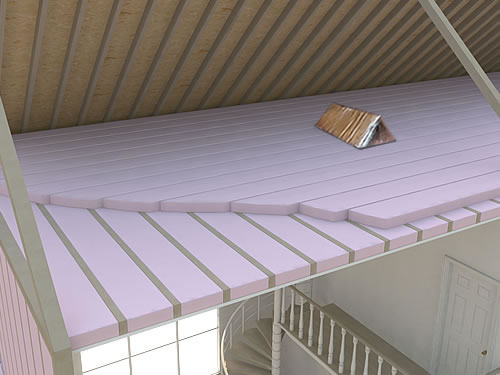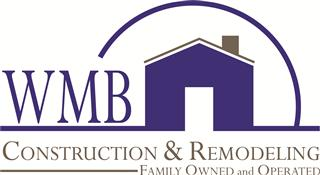I am in my own personal home right now in Monroe, NY and it is 5 below zero. It is January and the weather is very unpredictable this time of year. Besides snow, the temperature has been lower than the regular average raising my heating costs above normal. To much of my surprise, I realized that I have been heating my attic instead of my home. The insulation originally installed was an R value of R-13 instead of an R-38. A difference of 13 inches of insulation! Now that is an enormous amount of heat transfer loss within my home!
After realizing that the R-value of my home has been outdated by 30 yrs., I found myself at the lumber yard purchasing R-38 unfaced fiberglass insulation to add on top of my existing insulation. I have now installed it and thanks to Owens Corning, my home is warmer than ever and my heating bills have decreased. Instead of heating my attic, I now heat my living area.

Insulation is the cheapest way to lower your heating costs.
What to look for when determining inadequate insulation:
- R-38 is 16" thick and is the current building code for new construction. Most older homes only have 3 inches. Adding 16 inches to three inches will increase your R-value beyond industry standards which means even more savings.
- Look for cold drafts and areas of possible heat loss.
- Make sure your original insulation has vapor barrier.(you can check this by making sure the insulation has a paper backing that faces towards your living area.)
- If you own an older home, Pre. 1940, you probably have wool insulation. Wool insulation was good in its time but very insufficient by todays standards.



